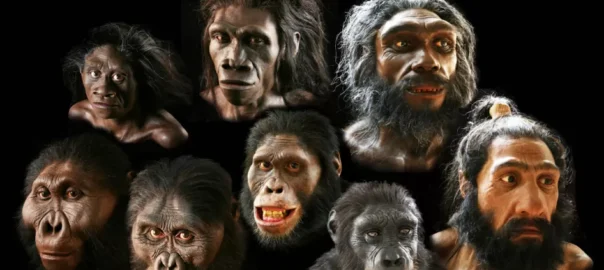
Our Hominid Predecessors
Hominid facial reconstruction, Smithsonian Institution
Humans are a problem-solving animal. We evolve both physically and mentally in response to challenges, which enables us to move beyond our inheritance—to consciously evolve. Throughout our history, innovations and solutions have been linked to religious ideas.
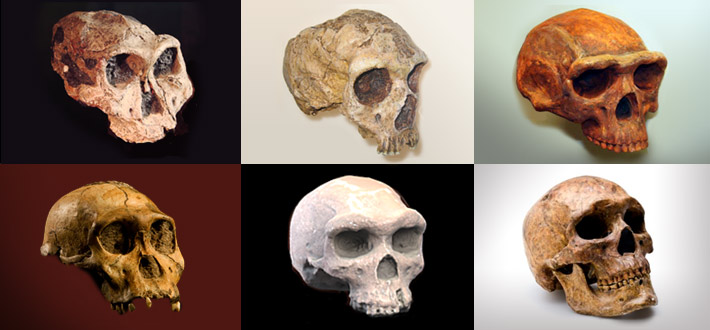
How Humans Evolved from Our Hominid Predecessors
The hominid history is constantly revised as new skeletal remains are found, but the evidence paleontologists have to work with remains sparse, consisting of few fossil bone fragments. Nevertheless, looking back as far as we can with the evidence currently available, we can better understand human evolution and our place in the world, where we differ from our hominid ancestors, and when and how these differences came about.
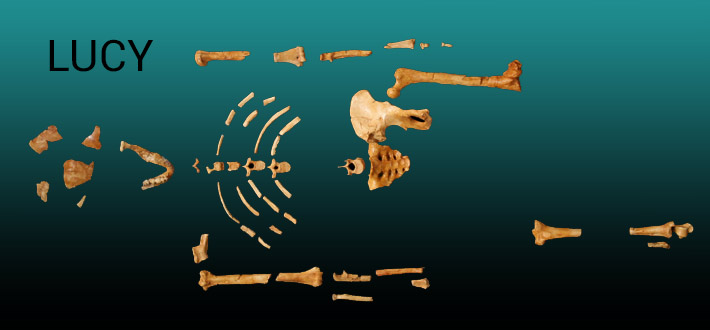
Australopithecines
Three-year-old Selam could walk and climb trees. The young Australopithecus couldn’t speak, but her brain was still growing at the time she died—which means she was part of a social group that cared for their immature young over a much longer period than ever before.
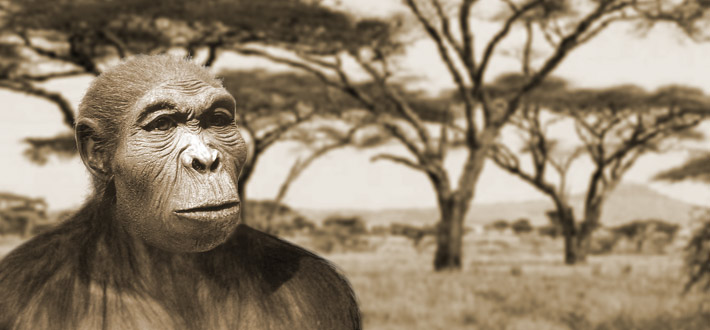
Homo Habilis: Early Toolmakers
With larger brains, the beginnings of speech, and tools to aid meat eating, Homo habilis and its pre-human branches left the first traces of cultural behavior.
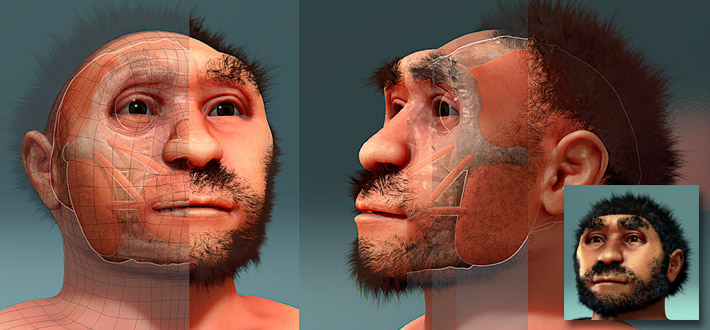
Homo Ergaster and Erectus: Down from the Trees
Living entirely on the ground and the first to venture out of Africa, Homo ergaster/erectus may have been first to live in bands of hunter gatherers and use fire to cook food.

Homo Heidelbergensis: Forebears of Homo Sapiens
Neanderthals, Denisovans and Homo sapiens each evolved from Homo heidelbergensis, the first hominid to bury its dead—and quite possibly the first to use language.
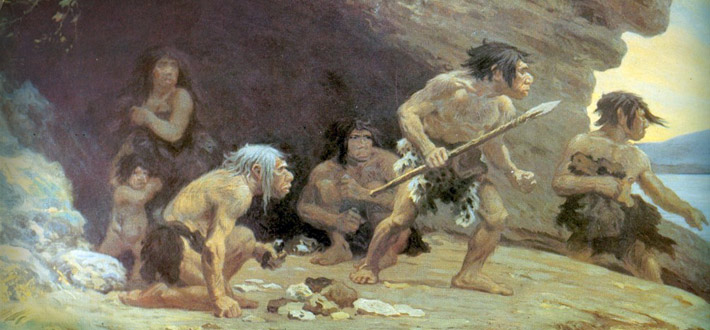
Homo Neanderthalensis: Built for the Cold
Both Neanderthals and early Homo sapiens could make fire, flaked stone tools, and clothing from animal skins. We know they lived side by side for more than 10,000 years. What became of them? Did they mate with Homo sapiens? Genome sequencing indicates they may live on in some of us.

Denisovans: Another Species Discovered
In 2024, scientists unveiled the genome of a 200,000-year-old Denisovan male, uncovering a mysterious population that interbred with Neanderthals in Siberia’s Denisova Cave. Traces of their DNA still exist in modern humans, including Papuans and Han Chinese. The discovery offers a deeper glimpse into our ancient past.
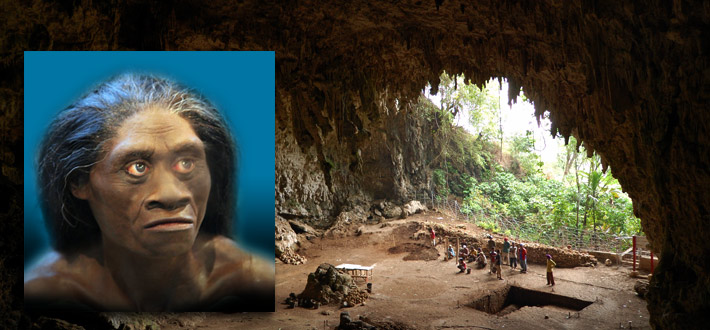
Homo Floresiensis: The Hobbit
Evidence of this tiny island species suggests it’s less about the size of the brain, and more about how the brain is organized.
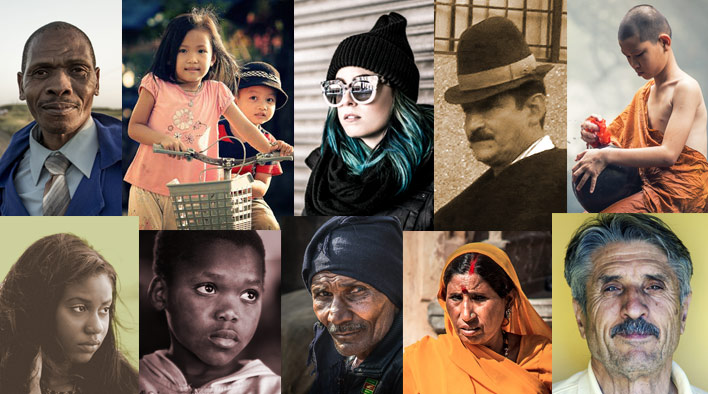
Homo Sapiens: The Hominid Survivor
From our beginnings in Africa, the story of human evolution is emerging as one of making contact and connecting.
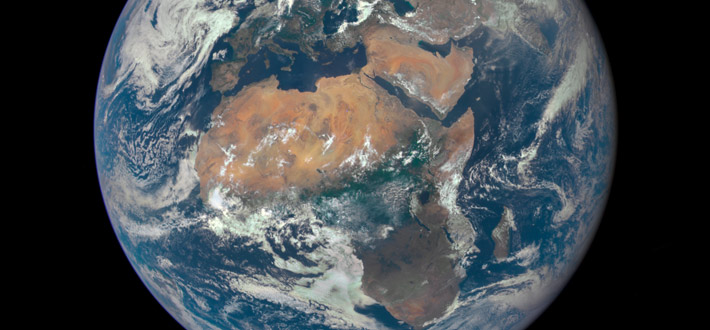
Out of Africa
Somewhere between 80,000 and 50,000 years ago, a single human migration out of Africa became the forebears of all non-Africans. What drove this first migration and what does that tell us about our evolution?
“As the problems and challenges facing humankind have changed, so have their religious and ideological solutions. We live among the wreckage of once-potent solutions. If we neglect them, they may become barriers to thought and action. If we understand them, they are a treasure house for all of us to share.”
The Unseen World: The Rise of Gods and Spirits
The Institute for Cultural Research
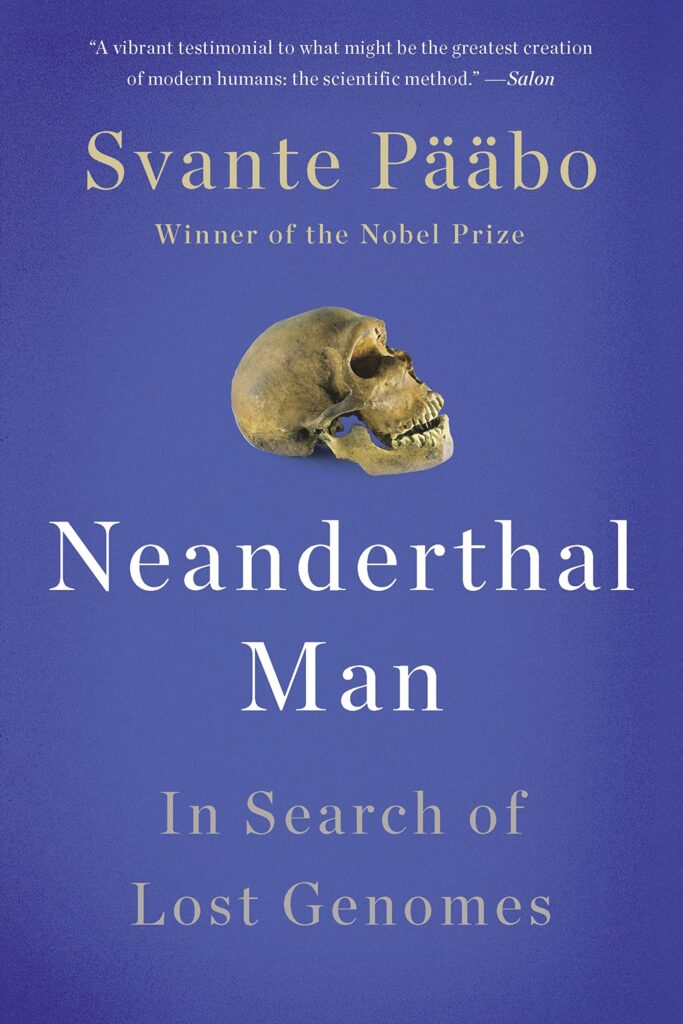
Neanderthal Man
In Search of Lost Genomes
By Svante Pääbo
Reviewed by George Kasabov
Neanderthals, our nearest cousin species, finally died out soon after 40,000 years ago. How are we related to them?

The Age of Empathy and The Bonobo and the Atheist
Frans de Waal
Both reciprocity and empathy – the two pillars upon which morality is built—are found in bonobos, apes and other social animals. But only humans are able to “abstract” the value and extend the behavioral constraints of “one-on-one” morality to the larger society, including strangers.
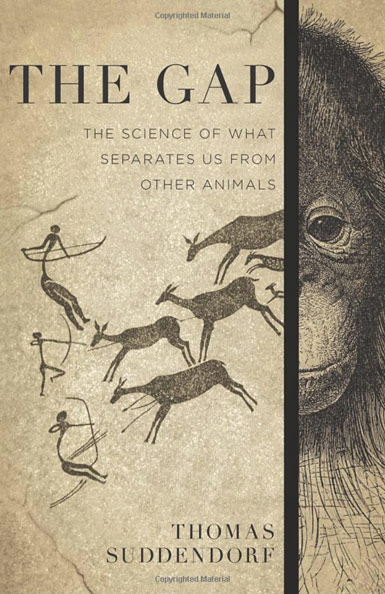
The Gap
The Science of What Separates Us from Other Animals
Thomas Suddendorf
A leading research psychologist concludes that our abilities surpass those of animals because our minds evolved two overarching qualities.
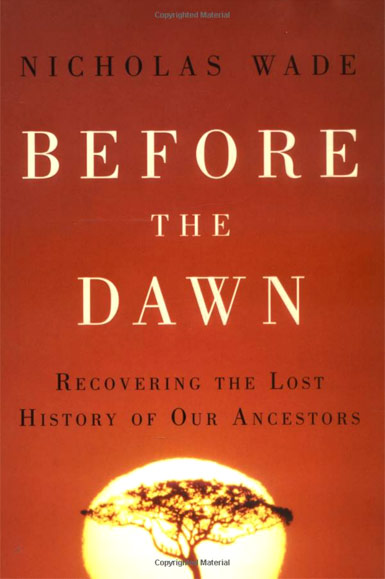
Before the Dawn
Recovering the Lost History of Our Ancestors
Nicholas Wade, New York Times
New York Times science writer explores humanity’s origins as revealed by the latest genetic science.
In the series: Our Prehistoric Ancestors
- Genetics and Human Evolution
- Our Nearest Relatives: Bonobos and Chimpanzees
- She Has Her Mother’s Laugh
- Neanderthal Man – In Search of Lost Genomes
- The Evolution of Human Morality: The Age of Empathy and The Bonobo and the Atheist
- The Gap: The Science of What Separates Us from Other Animals
- Before the Dawn: New details of human evolution revealed
